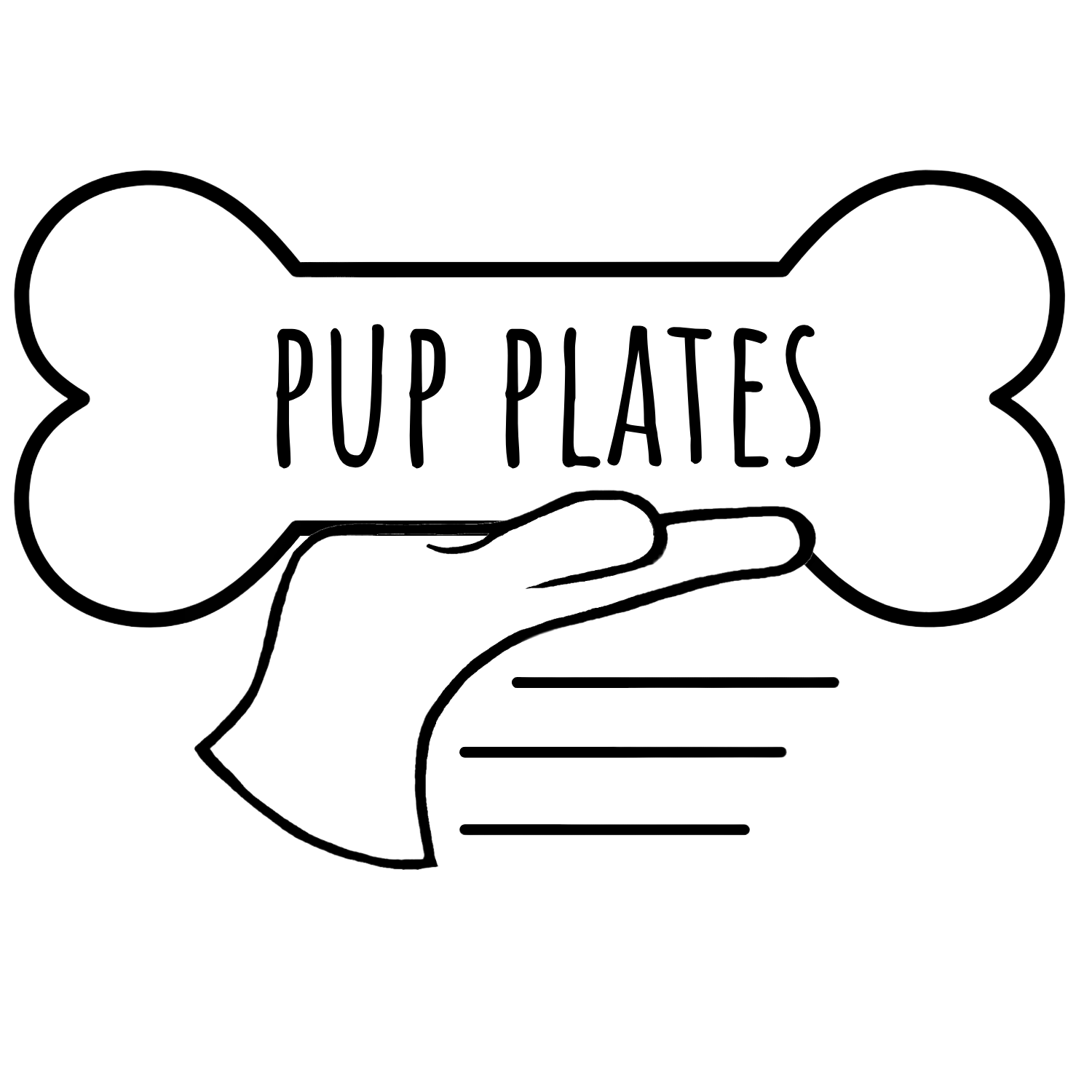Dog Food Math: Part 1- RER, MER & DER
RER, MER, & DER: What the heck are those??
These are three terms used in feeding calculations that are relatively straight forward (unlike most “dog food math”!). RER means Resting Energy Requirement and means just that: how much energy your dog needs in a resting state. MER is defined as Maintence Energy Requirement, or the energy (calories consumed) required to maintain current weight and body type, with a stable activity level, at a stable, comfortable temperature. DER is Daily Energy Requirement, and can vary day to day, depending on activity level, changes in body type, and/or age. MER is basically an average of presumed DERs, and MER and DER will sometimes be used interchangeably. Does that make sense? If not, it will by the end.
Before we can do anything, we need to figure out your dogs RER. And before we can do that, chances are, we need to convert your dogs weight from pounds to kilograms (because we just had to be different, didn’t we, America?) This is the equation (accurate to the 3rd decimal) :
Pounds to kilograms:
[weight in pounds] x 0.453
So for example if your dog is 50lbs, you come up with 22.65kg. I personally find rounding up to three decimals in the first equation and two decimals in the result, completely sufficient. The result is the number (weight in kilograms) we will plug into the equation to calculate RER. I feel like the less numbers there are, the less room for putting a teeny decimal in the wrong place, and feeding a chihuahua enough food for a great dane! But if it bugs you, or to make it easy, there is an online converter here.
Okay, now your that we have converted your dogs weight into kg, (or a system that literally the entire rest of the world uses and uses logic over randomness), we will need to plug it into an equation to find your dogs RER. The equation is 70[(weight in kg)]^3/4 . or for a 50lb dog, 70 X 22.65 to the 3/4 power. Convert 3/4 to a decimal point so it’s a bit easier (0.75) and the “^” symbol is the “power of” symbol on your calculator. I have seen a couple places online that try to make the equation an easier pill to swallow by over simplifying it to 30 x (weight in kg) + 70 for “medium size dogs” or dogs between 2 - 45kg. Do not use these.
Math is what Charles refers to as a “hard science”, meaning absolutely definitive, always (2+2=4). A “soft science” would be philosophy or psychology per say, where any number of variables can affect the outcome, and no absolutes have been accepted as true in the scientific community. “(Could you guess he was a chemistry major??) I studied psychology, philosophy and neurology in school, so usually when he references hard or soft sciences he’s attempting to prod at me (and being an overall asshat); but it is a commonly used phrase, and has an applicable definition… We often debate which is the higher pursuit of knowledge, working within the known truths or theorizing new ones. We agree both are needed (many Quantum Physicists consult Philosophers on a regular basis) but it’s a fun debate; what do you think??
I digress. Whoops! My whole point was this: Don’t use a different equation. Rounding up or down to 2-3 decimal places will only slightly vary results. Using a different equation that is supposed to cover dogs from 4 - 99 lbs? Come on. That can’t work. We may as well consider Kantian logic or whether a dog exhibits signs of the Oedopius complex. :) SO the equation for RER is:
To Calculate RER:
70 x [weight in kg] ^ 0.75
Now we have the RER. To reference the example I have been using for a 50lb dog, 70 X 22.65 ^ 0.75 = 727. This means our 50lb dog uses 727 calories in a sedentary state. But what does he need otherwise? This is where it gets a little confusing: the math is easier, but the variables begin to shift towards a “soft science”, if you will.
As we discussed early, consider MER defined as Mainentance, or desiring no change. If your dog has an ideal body weight and is not obesity prone their MER would be multiplied by a number between 1.2 and 1.8. Things that vary within this number include, neutered or not (Intact males use more energy), temperature variance (energy is required to keep your dog at comfortable temperature, so more is expelled when too hot or too cold) and activity level. MER commonly refers to a dogs normal, day to day activities and stays within this range as long as the “work” doesn’t exceed 1 hour/day or become too aerobic. So if you walk your dog of 50 lbs (who has an ideal body weight, not obese prone, is generally healthy, and is neutered/spayed) twice a day (for about 30 min each time at a comfortable pace) and the temperature outside is comfortable (between 60-70 degrees about; not too hot or too cold) and they do not expel much other energy otherwise throughout the day (e.i. play with other dogs, play ball etc.) then you could assume their multiplier to be between 1.4 -1.6, we’ll use 1.5 with our example dog: 727 x 1.5 = 1090 (rounded to the nearest whole number).
DER = RER x [ lifestyle multiplier ]
Common Lifestyle Multipliers:
Weight loss x 0.8 - 1.0
Obese Prone/Sedentary x 1.2
MER, (Mild Activity, Neutered/spayed) x 1.5
MER (Mild Activity, Intact) x 1.8
Moderate Work ( > 1 hour activity, aerobic in nature) X 2
Active Work (Very active dogs, plays all day - working dogs) x 3-8
Most will assume, that most dogs will remain within the highlighted segment, most of their lives. Which is a pretty “soft science” thing to say, huh? I find it useful to use the seasons as a guide: in the winter months my dog and I are less active and stay inside more where the temperature is regulated, so I use the low end: x 1.2. In the summer, I will increase that number to about x 1.5, on average. Although, the more I know about the dog, the more specific I can try to get. But the fact is, every metabolism is different. So even taking into account the breed, age and the other things we just talked about— it all depends on your dog. Which is why it’s good to have someone on your side, like us! We adjust to your dogs needs naturally, just keep us up to date on their body type and activity level.
It’s all super simple though… right?? This is only the beginning. We haven’t even looked at your dog food label, yet!!
Keep an eye out for a post titled “Dog Food Math & Why I Hate it” to learn the full array of equations that go into feeding your dog!

